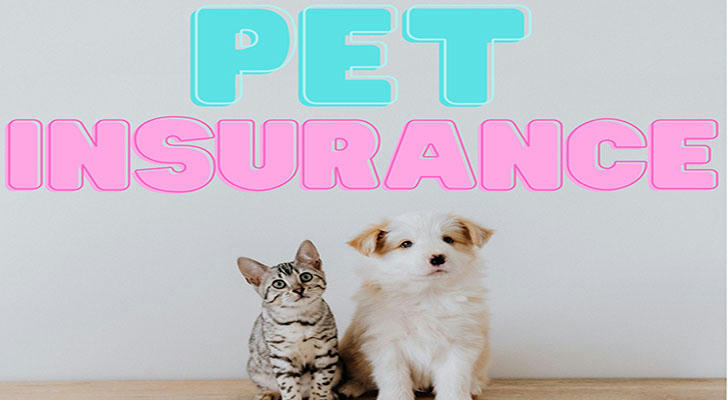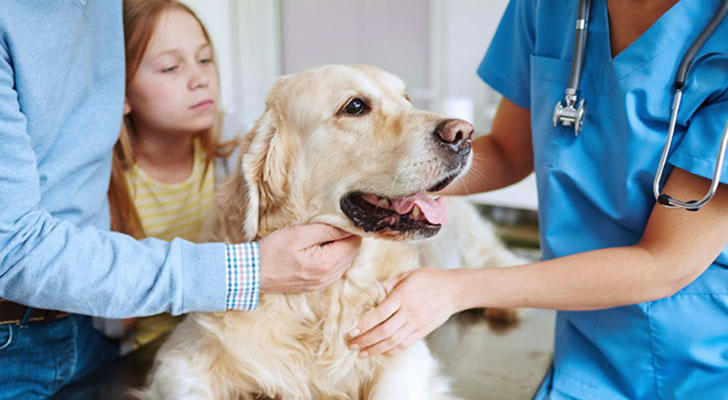Why Should You Purchase Pet Insurance?

Welcoming a pet into your home means embracing unconditional love and companionship, but it also comes with significant responsibilities. As veterinary care advances, the costs of treatments have risen sharply, making pet insurance an essential tool for protecting both your finances and your pet’s well-being. Here are six compelling reasons to consider purchasing pet insurance, along with a relatable case study to illustrate its importance.

1. Protection Against Unexpected Veterinary Costs
Even the healthiest pets can face sudden illnesses or injuries, such as broken bones or serious diseases like cancer. The cost of treating these conditions can quickly escalate into thousands of dollars. Pet insurance helps alleviate this financial burden by reimbursing a significant portion of your expenses. This way, you can focus on what matters most—your pet’s health—rather than worrying about the costs.
Example: If your dog requires emergency surgery for an intestinal blockage, the bill could reach up to $5,000. With pet insurance covering 70%-90% of the costs after a deductible, you would only need to pay a fraction of that amount.
2. Access to High-Quality Medical Care
Having pet insurance allows you to access specialized and advanced veterinary treatments without the fear of exorbitant costs. This includes diagnostics like MRIs, chemotherapy, or orthopedic surgeries that might otherwise be financially out of reach. With insurance, you can prioritize your pet's health and give them the best chance at recovery.
3. Coverage for Preventive and Routine Care
Many insurance plans offer wellness packages that cover routine care such as vaccinations, spaying/neutering, dental cleanings, and annual check-ups. Regular veterinary visits are crucial for early detection of health issues, and having these covered encourages you to take your pet in for check-ups more frequently.
4. Support for Chronic or Hereditary Conditions
Certain breeds are prone to hereditary or chronic conditions that require ongoing treatment. For example, Bulldogs often face respiratory issues, while large breeds like German Shepherds may develop hip dysplasia. Long-term treatment for these conditions can be financially draining, but pet insurance provides ongoing support for these recurring medical needs, ensuring your pet receives proper care throughout their life.
5. Tailored Plans for Every Pet
Pet insurance policies are highly customizable, allowing you to select plans based on your pet's age, breed, and specific needs. Whether you have a young puppy needing accident coverage or an older cat requiring comprehensive care, there is a plan available that fits your budget and your pet’s health requirements.
6. Financial and Emotional Peace of Mind
No pet owner wants to be in a situation where financial constraints prevent them from providing necessary care for their furry friend. With pet insurance, you can enjoy peace of mind knowing that your pet’s health is protected and that you won’t have to make heartbreaking decisions based solely on costs.

Real-Life Case Study: Bella's Emergency Surgery
Sarah is a graphic designer who adopted Bella, a playful mixed-breed puppy. As a first-time pet owner, Sarah initially dismissed the idea of getting pet insurance because she believed Bella’s youth meant she would remain healthy. However, six months later, Bella ingested a foreign object that caused an intestinal blockage requiring emergency surgery.
The total cost for the surgery and post-operative care amounted to $6,000. Without insurance, Sarah would have faced significant financial strain. Fortunately, she had opted for a comprehensive pet insurance plan shortly after adopting Bella. Her policy reimbursed 80% of the costs after a $250 deductible, leaving her with only $1,450 to pay out-of-pocket.
This experience not only saved Bella's life but also reinforced Sarah's belief in the value of pet insurance. Now she enthusiastically recommends it to every pet owner she meets.
How to Choose the Right Pet Insurance
When selecting a pet insurance policy, consider the following factors:
Coverage Options: Does the plan cover accidents, illnesses, and wellness care?
Reimbursement Rates: Most policies reimburse 70%-90% of covered expenses.
Deductibles: Decide between annual or per-incident deductibles based on your financial preferences.
Exclusions: Be aware of any pre-existing conditions or breed-specific exclusions.
Waiting Periods: Understand how long you’ll need to wait before coverage begins.

Final Thoughts
Pet insurance is more than just a financial tool; it’s a lifeline for your beloved companion. It ensures that you can always provide the best care possible without hesitation—whether it’s routine check-ups or life-saving surgeries. Investing in pet insurance is not just about being prepared for emergencies; it’s about ensuring your furry friend enjoys a healthy and happy life by your side.
